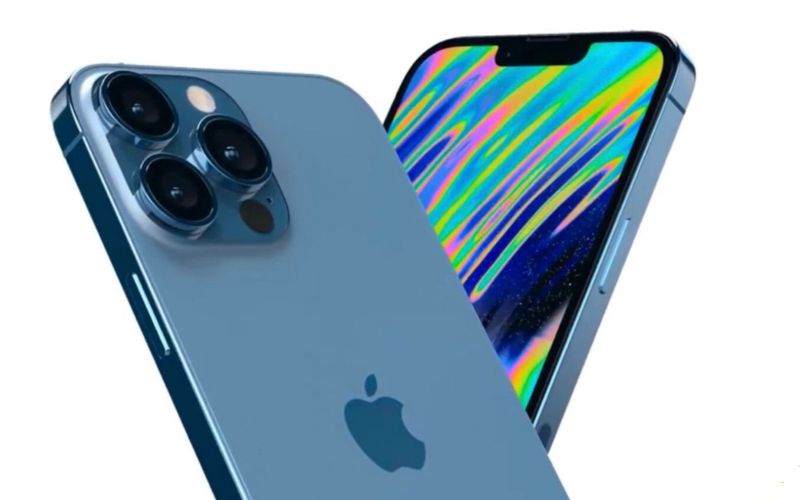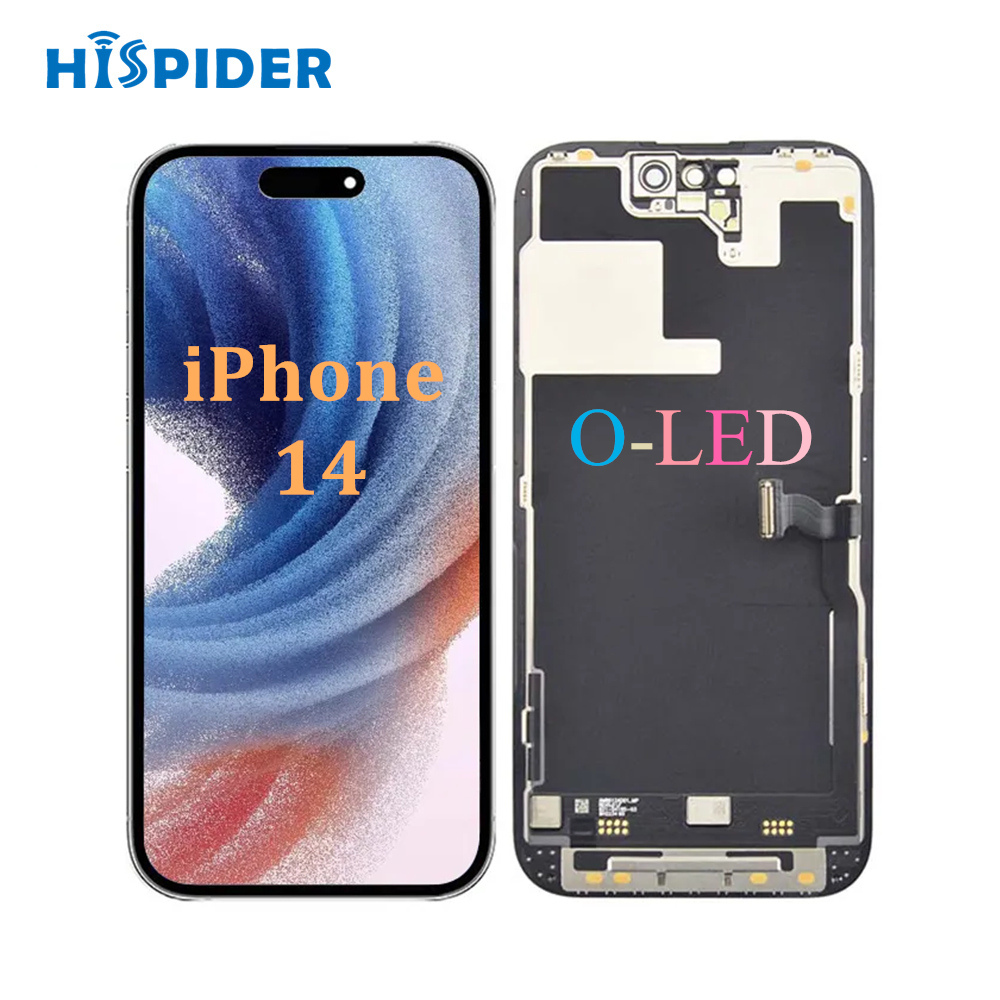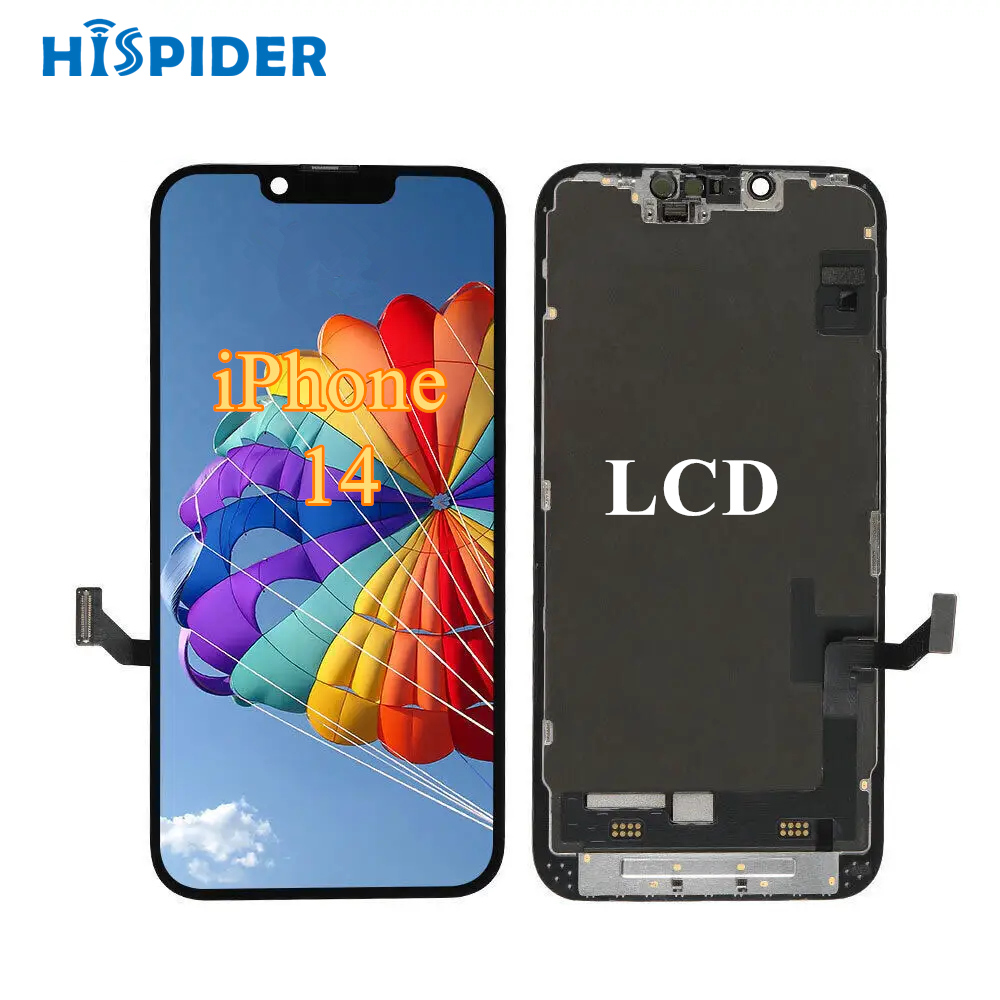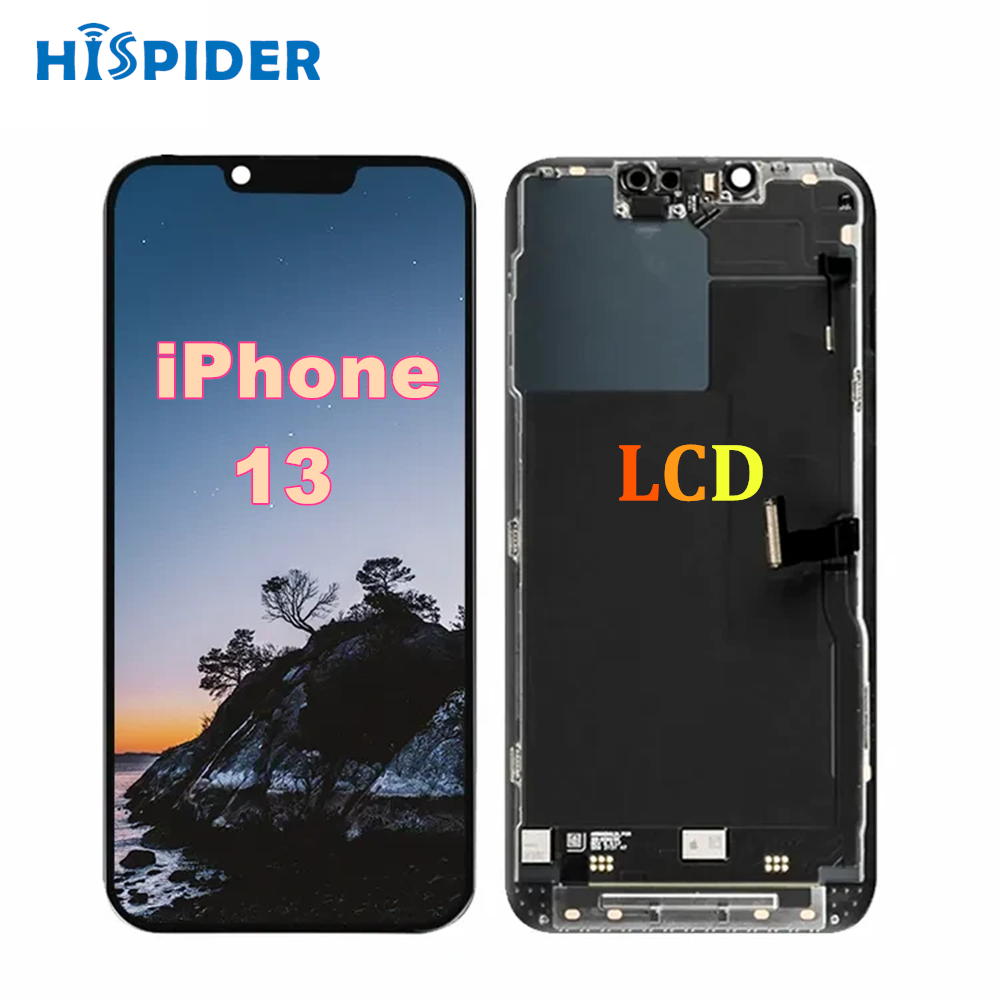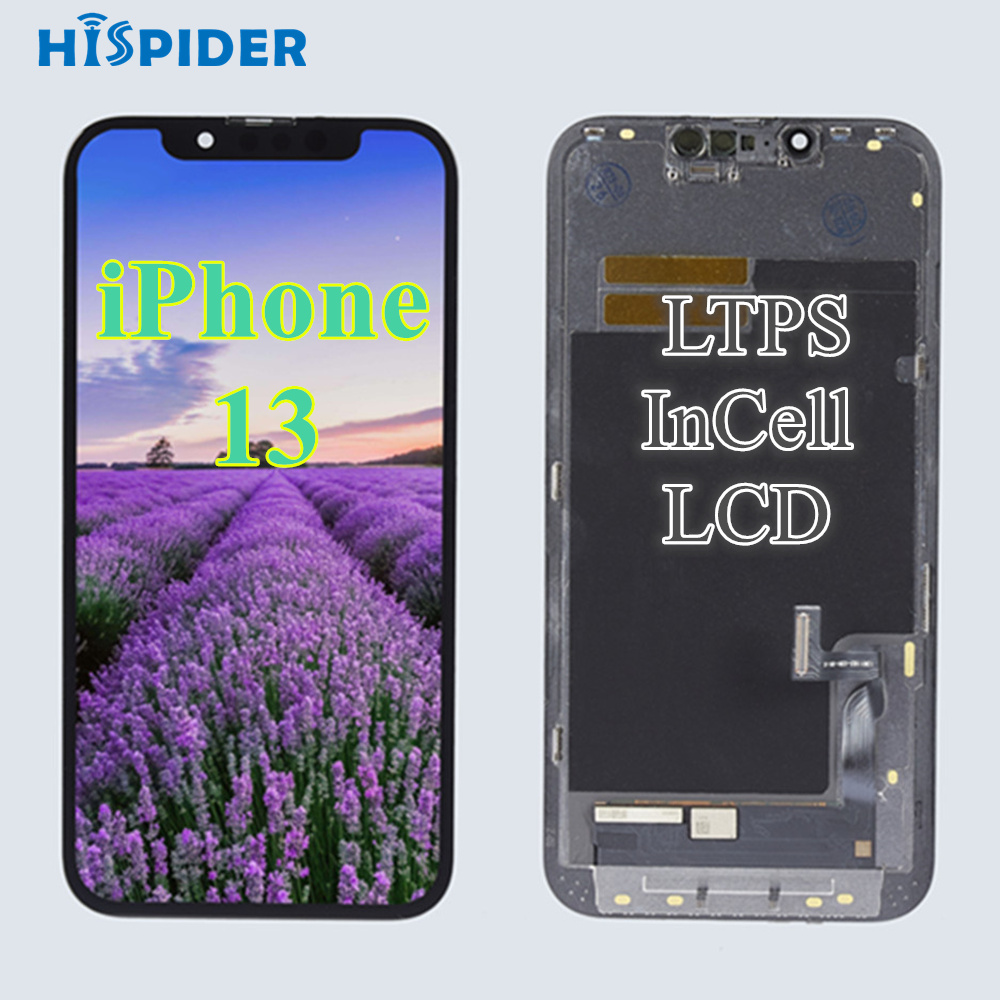Apple mobile phone OLED screen and LCD screen difference
OLED screen and LCD screen are the two different screens used in the current iPhone. The main difference between the two is the difference in the way they emit light. The LCD screen relies on the backlight plate to emit light, which needs to be equipped with red, green and blue filters in front of the white backlight, separated by the liquid crystal layer, and then added to the polarizer and glass substrate, the overall thicker, about 0.6-0.8mm.
OLED screen uses organic compounds, when the current through, the sub-pixel can emit red, green, blue light, do not need to add additional backlight plate and filter, do not need liquid crystal layer, only a polarization layer, the thickness can be 0.3mm.
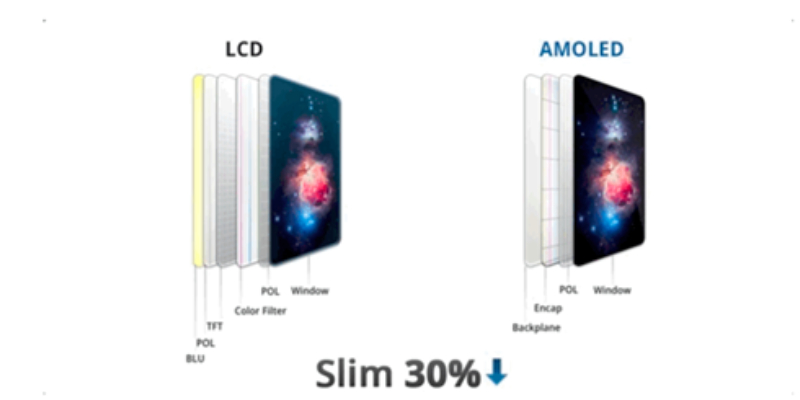
Color display
The OLED screen can control the color at the pixel level, so the color accuracy is nearly perfect, and it is almost indistinguishable from the naked eye; Because it can express 100% black by turning off pixels, OLED screens theoretically have nearly infinite contrast; In the latest iPhone 11 Pro series, the screen brightness can reach 800 nits, ensuring that the screen content can be clearly displayed even in the midday sun.
LCD screen because the color brightness can only rely on the backlight plate for overall adjustment, coupled with the liquid crystal deflection can not achieve 100% shading, each pixel color expression there are some errors, so the accuracy, contrast are slightly lower.
Dynamic display
OLED has a faster switching speed than LCD, the best LCD display can completely switch colors in a few milliseconds, while the best OLED display can completely switch colors in a few microseconds, and there is less chance of blurred or trailing content when playing games or playing dynamic video content.
Energy conservation:
When the pixel is not expressed (such as black), the OLED can directly cut off the power supply of the corresponding pixel, effectively saving electricity. The LCD screen can only save energy by reducing the overall brightness of the screen, and the energy saving efficiency is relatively low.
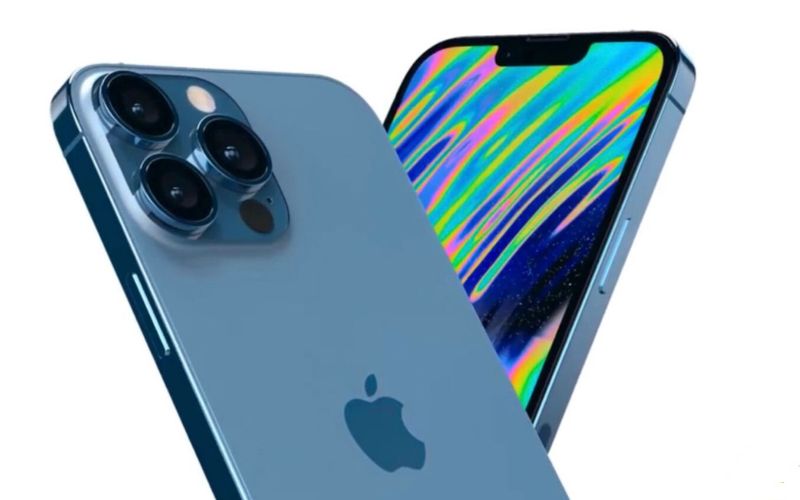
Stroboscopic:
The stroboscopic problem mainly lies in the difference between the two screen dimming methods. If the LCD screen needs to reduce the screen brightness, it only needs to directly adjust the brightness of the backlight plate, so it can easily achieve global DC dimming (DC dimming refers to the way to control the display brightness by adjusting the screen voltage or current, that is, changing the power).
Because the OLED screen has no backlight plate, when changing the display brightness, if the power is directly adjusted, there will be problems such as uneven color and inaccurate color development at low brightness. In this case, many manufacturers began to apply PWM dimming on OLED screens.
PWM dimming can achieve continuous display effect by controlling the screen alternately flicker at a certain frequency without changing the power. In simple terms, PWM dimming is light, off, light, off constantly alternating, the slower the flicker frequency, the lower the actual perceived brightness. This also makes PWM dimming there will be stroboscopic problems.
A study by the International Institute of Electrical and Electronics Engineers shows that the stroboscopic effect on human health should be above 1250Hz; Basically will not affect human health, at least should be above 3000Hz.
At present, the stroboscope of the LCD screen is more than 1000HZ, and the OLED screen mobile phone using PWM dimming technology has a stroboscope rate of about 200Hz to 250Hz, and the stroboscope will also decline as the screen brightness decreases. Therefore, in the case of low brightness display, OLED is more likely to cause eye fatigue than LCD.
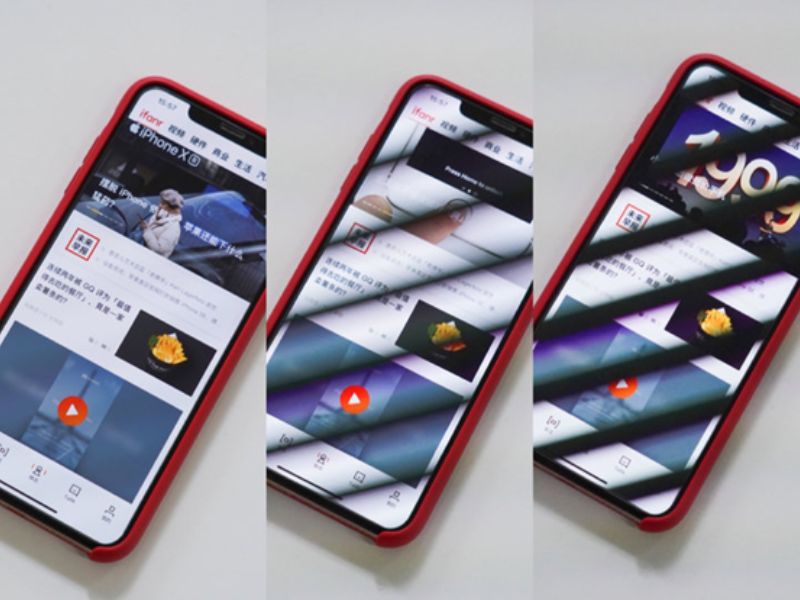
Burning screen
Because OLED requires each pixel to light itself, and different color pixels due to different materials, the luminous life is also different. If an area displays a high light source for a long time, then the pixels in that area will age faster than the surrounding pixels, just as the light will break after a long time, these pixels will age faster, resulting in branding in the area.
The burning screen problem is an unavoidable problem for OLED screens, Apple has added an anti-burning screen mechanism since iOS11, and media tests have shown that the iPhone X will not burn until 510 hours after the highest brightness continues to display a picture. The "dark mode" added to iOS 13 is both to extend battery life and partly to avoid burning the screen. For LCD screens, the risk of "screen burning" is negligible.
As a professional mobile phone replacement screen manufacturer, Hispider not only keeps up with the development of mobile phone screens and produces the latest OLED screens, but also considers the user's demand for cost-effective mobile phone screens, and continues to produce LCD mobile phone replacement screens. The understanding of OLED screen and LCD screen is very deep, if you do not understand the screen, you can ask us. We'll be happy to answer your questions. At the same time you can also look at our products, our products are of high quality, there is a one-year warranty service and so on.

